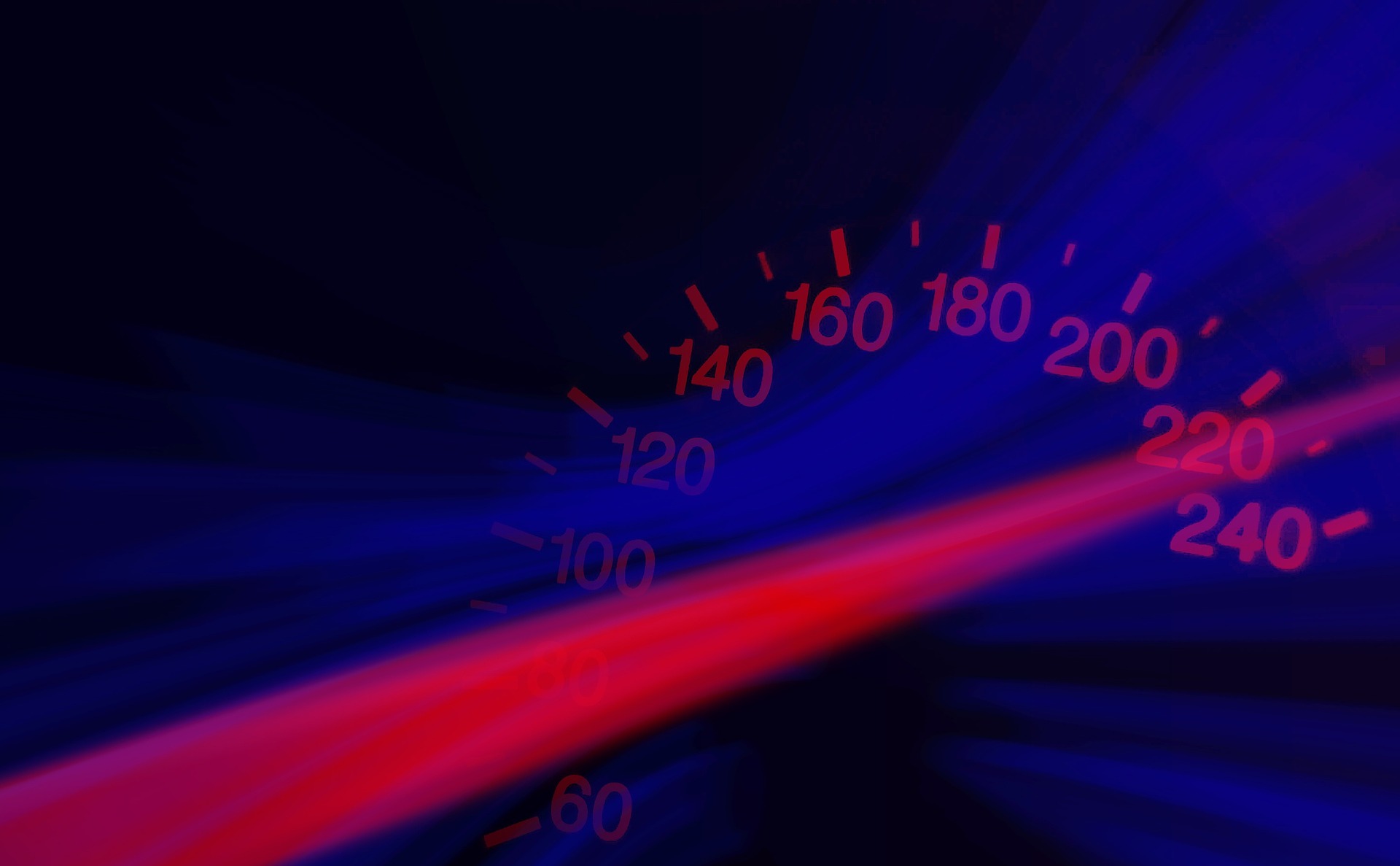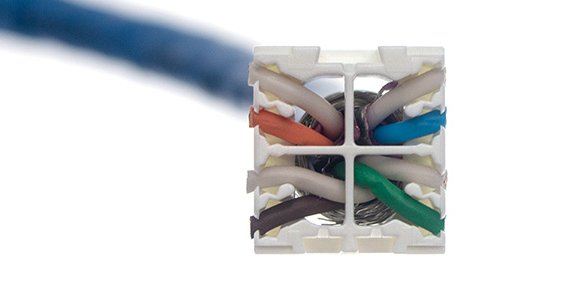Ritardo Skew
I fili delle quattro coppie di un cavo dati hanno torsioni diverse che determinano lunghezze complessive diverse. Per questo motivo, i segnali che viaggiano lungo le quattro coppie arrivano al ricevitore in tempi diversi. La differenza di tempo è chiamata "ritardo di scostamento" (delay skew). Continuate a leggere per saperne di più.
Il ritardo di propagazione è il tempo che un segnale impiega per viaggiare da un'estremità all'altra di un collegamento. Il ritardo di propagazione è la differenza di ritardo, cioè la differenza di tempo con cui i segnali che viaggiano lungo le quattro coppie di un cavo dati arrivano al ricevitore.

Gigabit Ethernet and the faster Ethernet versions divide the total data stream into four streams that travel along one wire pair each and transmit one fourth of the total data rate. The four data signals travel along the data cable simultaneously and the receiver combines them again to one. To make this work, the four signals have to arrive at the receiver almost at the same time. As the wire twist differs from one pair to another, the lengths of the pairs differ too and because of this the signals cannot arrive at exactly the same time at the receiver. The difference in time is called delay skew.
Trouble-shooting tips if delay skew tests fail
Typical cause of the problem | This might help |
Horizontal cable too long | Cut the cable (if possible) |
Patch cord too long | Use shorter patch cords |
Consolidation point cable too long | Use shorter consolidation point cable |
Pair twists differ too much | Cut the cable, replace cable |
Cable defective (material defect) | Replace cable |
Typical causes of delay skew problems and what might help to solve them.
Contact
Dirk Träger





